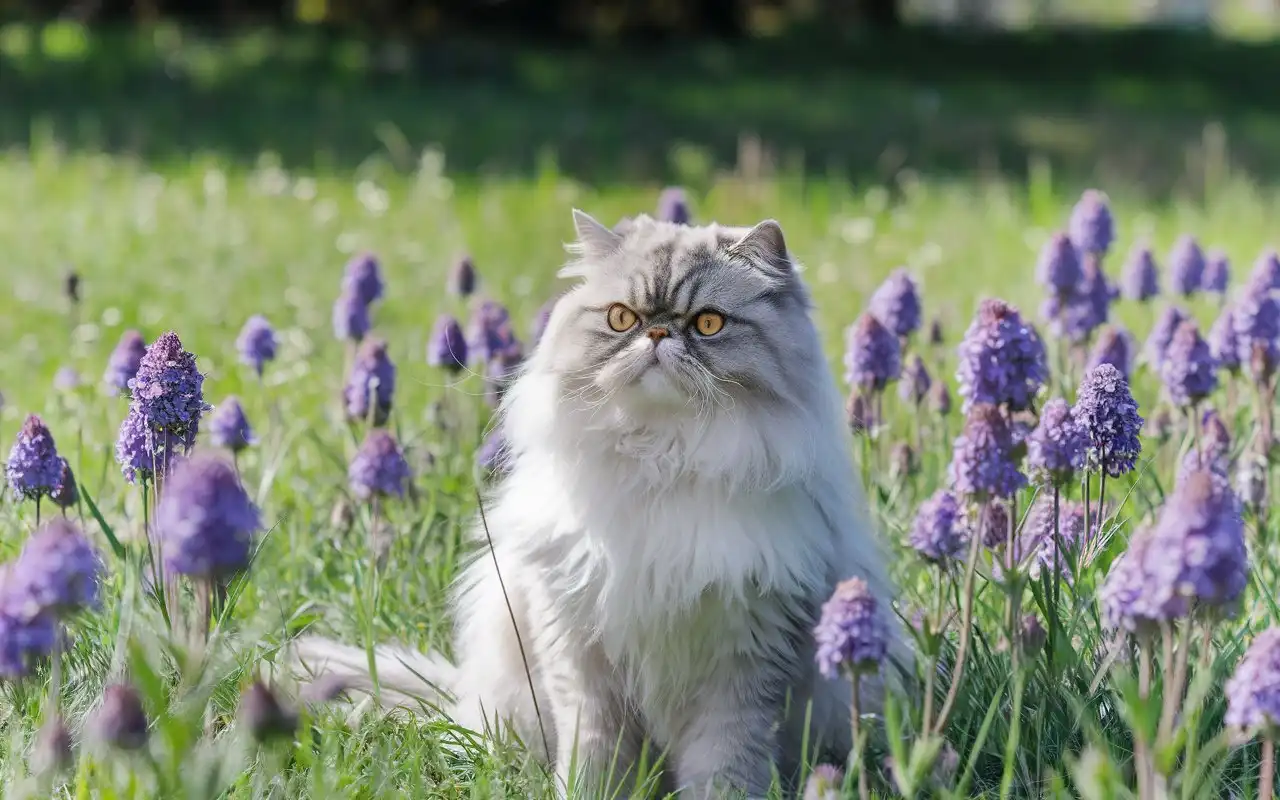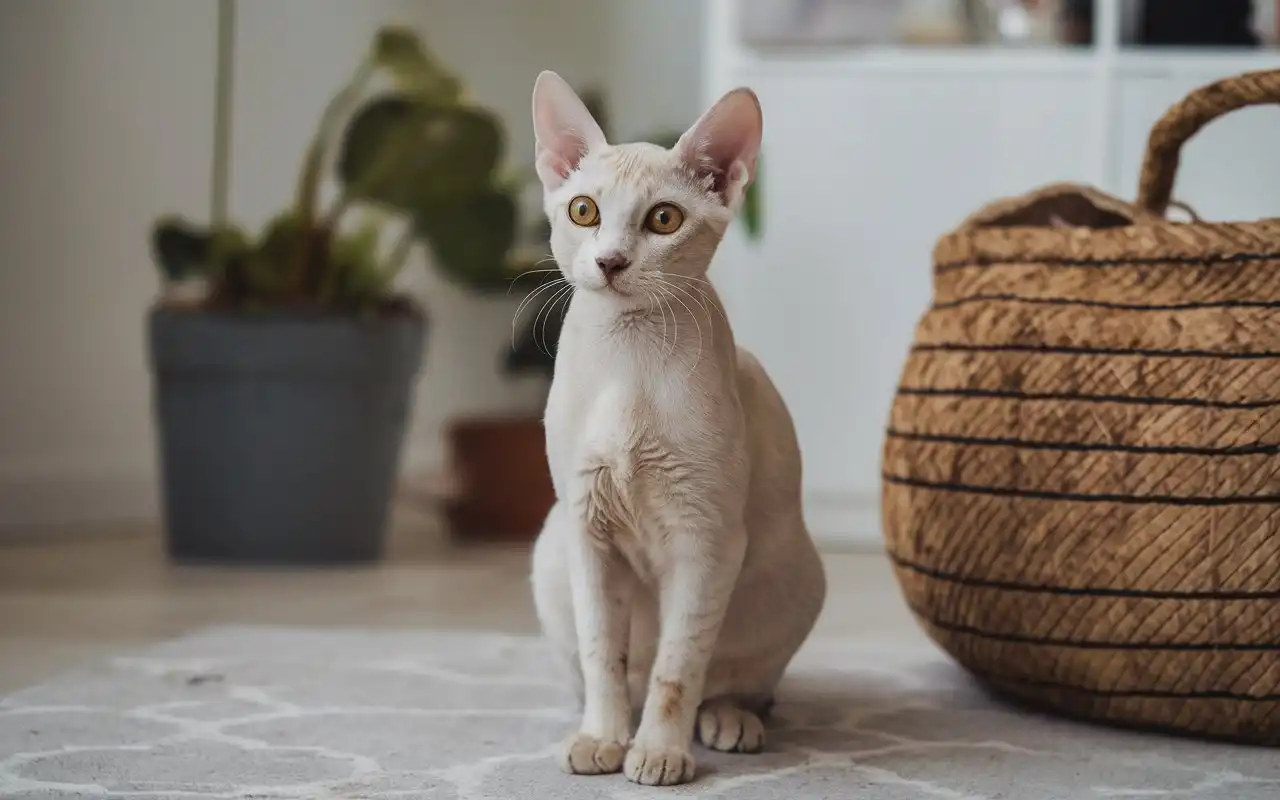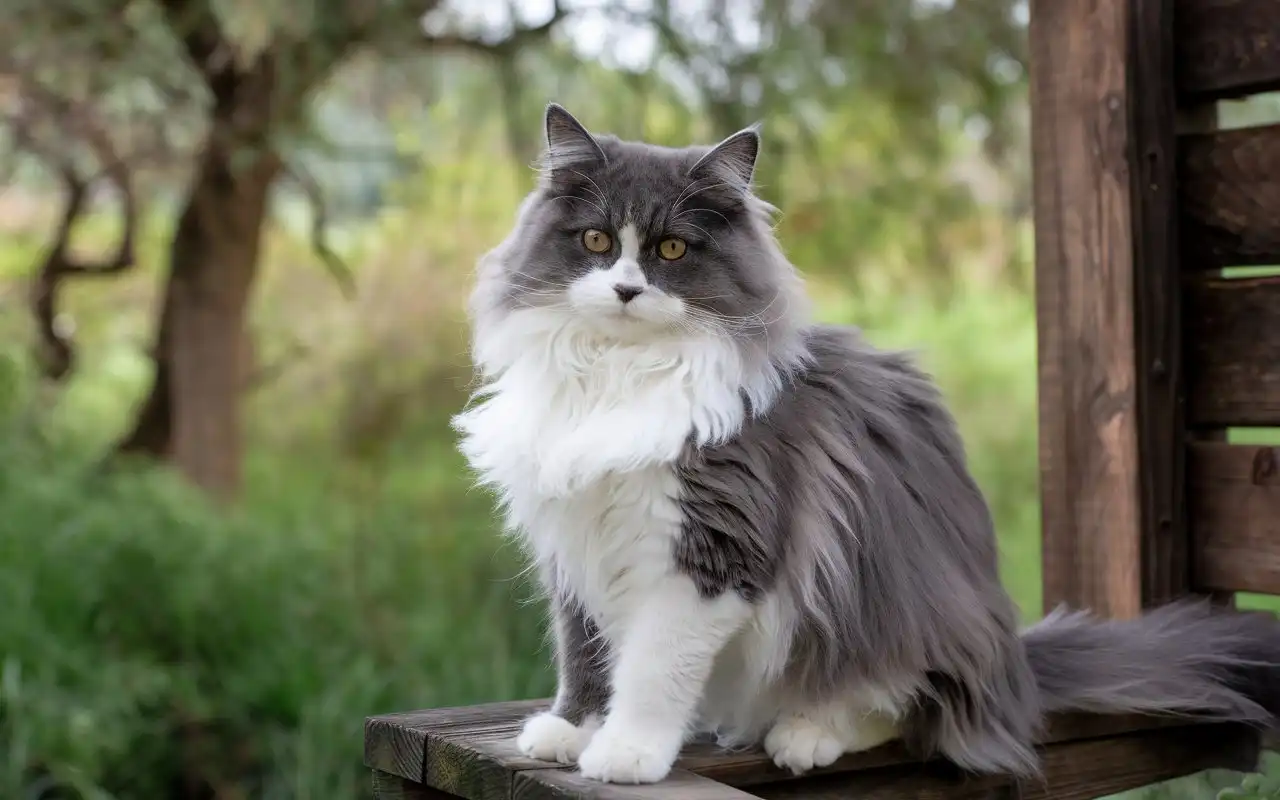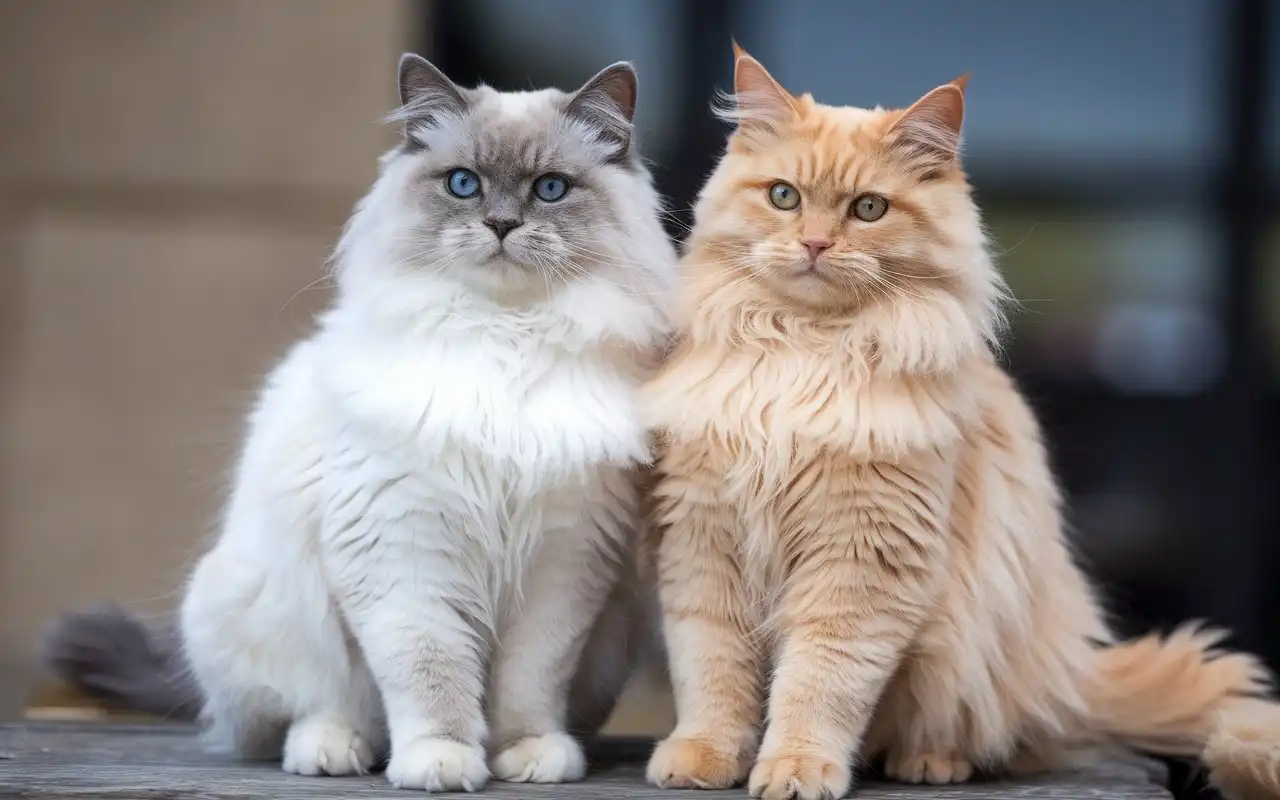What is catnip? Catnip, or Nepeta cataria, is a mint family herb. It has a unique, almost magical effect on many cats. Catnip is often used as an enrichment tool. It makes most cats playful and excited. So, it’s great for pet owners who want to entertain their cats. But what exactly is it in catnip that drives cats wild? This article will answer this question. It will explore the science behind catnip, its benefits, and its proper use. It will also offer tips for growing your own.
Table of Contents
What is Catnip and Where Does it Grow?
Catnip is a perennial herb. It is native to Europe and Asia. Now, it is grown worldwide, especially in North America. Catnip has grayish-green leaves and clusters of small, lavender, or white flowers. It is easy to grow. It grows well in well-drained dirt and sufficient sunshine. Ancient cultures, especially in Europe, used catnip for medicine. They brewed it into tea to treat various ailments.
Today, it is mainly associated with cats. But catnip is valued for its beauty in gardens and its use in herbal medicine. Knowing where catnip comes from helps us understand its appeal to cats. It gives us insight into its unique traits.

History of Catnip and Its Use with Cats
The history of catnip extends back centuries, with documented use in ancient Roman and Egyptian cultures. Romans reportedly grew catnip for its calming effects, often using it as a tea to relieve ailments such as headaches and digestive issues. Some historical texts suggest that catnip was valued for entertaining cats. This effect was likely discovered by accident as humans observed the plant’s influence on felines.
In more recent times, as cats became common household pets, catnip’s use with cats became widespread. Many pet owners started using catnip to enrich, exercise, and calm their cats. Today, catnip is readily available in pet stores worldwide, from dried leaves to sprays and toys, making it a staple in many households.
The Botanical Side of Catnip
Botanically, catnip is a hardy plant in the Lamiaceae family. This family includes many aromatic herbs, like mint and lavender. The plant reaches heights of up to three feet and produces small, tubular flowers that attract pollinators such as bees. Catnip is easy to grow both indoors and outdoors, as it only requires well-drained soil and plenty of sunlight.
Catnip has an intriguing defense mechanism. It produces nepetalactone, an essential oil that repels insects. This compound drives cats wild. It highlights an interesting trait: a bug-repelling substance ended up attracting felines. For those interested in gardening, catnip is a beautiful and beneficial addition, serving as both a decorative plant and a source of joy for cats.
Why Do Cats Love Catnip?
Understanding the Science: Why Cats React to Catnip
Cats love catnip because of a fascinating interaction. Nepetalactone, the active compound in catnip, affects a specific olfactory receptor in cats’ brains. When cats sniff or chew catnip, nepetalactone binds to a receptor. This sends a signal to the brain. It causes a brief, intense reaction often called euphoria. It’s as though the cat experiences a burst of heightened senses, leading to playful behaviors like rolling, purring, and rubbing.
Not all cats react to catnip, though, as the sensitivity is genetically inherited. About two-thirds of cats react to catnip. The rest are indifferent. This reaction usually lasts 10 to 15 minutes. After that, cats become temporarily desensitized to the plant.
What is Catnip That Makes Cats Go Wild?
Catnip’s potency can be traced back to its primary active ingredient: nepetalactone. This organic compound acts as a pheromone mimic, which is why it triggers such a strong response in cats. Nepetalactone is very volatile. It vaporizes and releases into the air when a catnip plant is crushed or bruised. This allows cats to detect it quickly.
Catnip has terpenes and essential oils, in addition to nepetalactone. They give it a unique aroma. While most cats react with excitement to catnip, some experience a more calming effect, especially if they’re already relaxed. This dual reaction—either excited or calm—depends on the individual cat’s genetic makeup and their current mood.
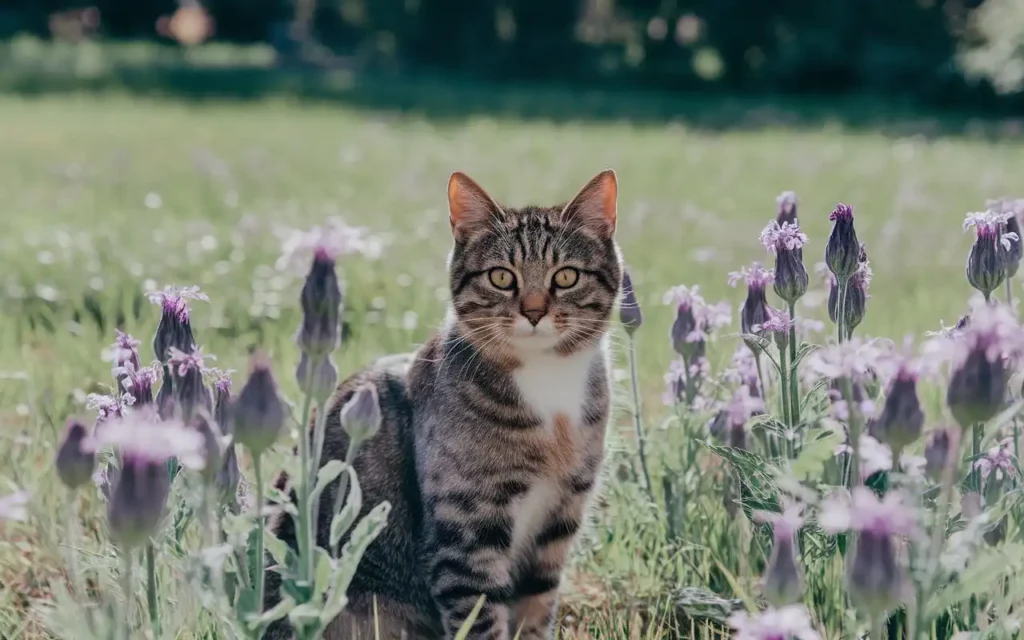
How Catnip Affects Cats’ Moods and Behaviors
The “catnip effect” causes behaviors linked to playful, curious cats. When exposed to catnip, cats may roll, lick, and sniff. They may also jump or pounce in a frenzy. This burst of energy provides needed exercise, especially for indoor cats. They have fewer outlets for activity.
Catnip’s effect typically fades within 10-15 minutes, after which cats enter a refractory period where they won’t respond to the herb for a while. The cycle of excitement and relaxation has many benefits. It relieves boredom, reduces stress, and stimulates the mind.
Why Do Some Cats Not React to Catnip?
Interestingly, about 30-40% of cats are completely unaffected by catnip. This sensitivity is inherited, meaning that only cats with a specific genetic trait will react to nepetalactone. Also, very young kittens (under three months) and senior cats often do not react to catnip.
For those cats that do respond, the effects can vary widely, from mild curiosity to intense excitement. If your cat doesn’t like catnip, try silver vine or valerian root. They can affect some cats without needing a gene.


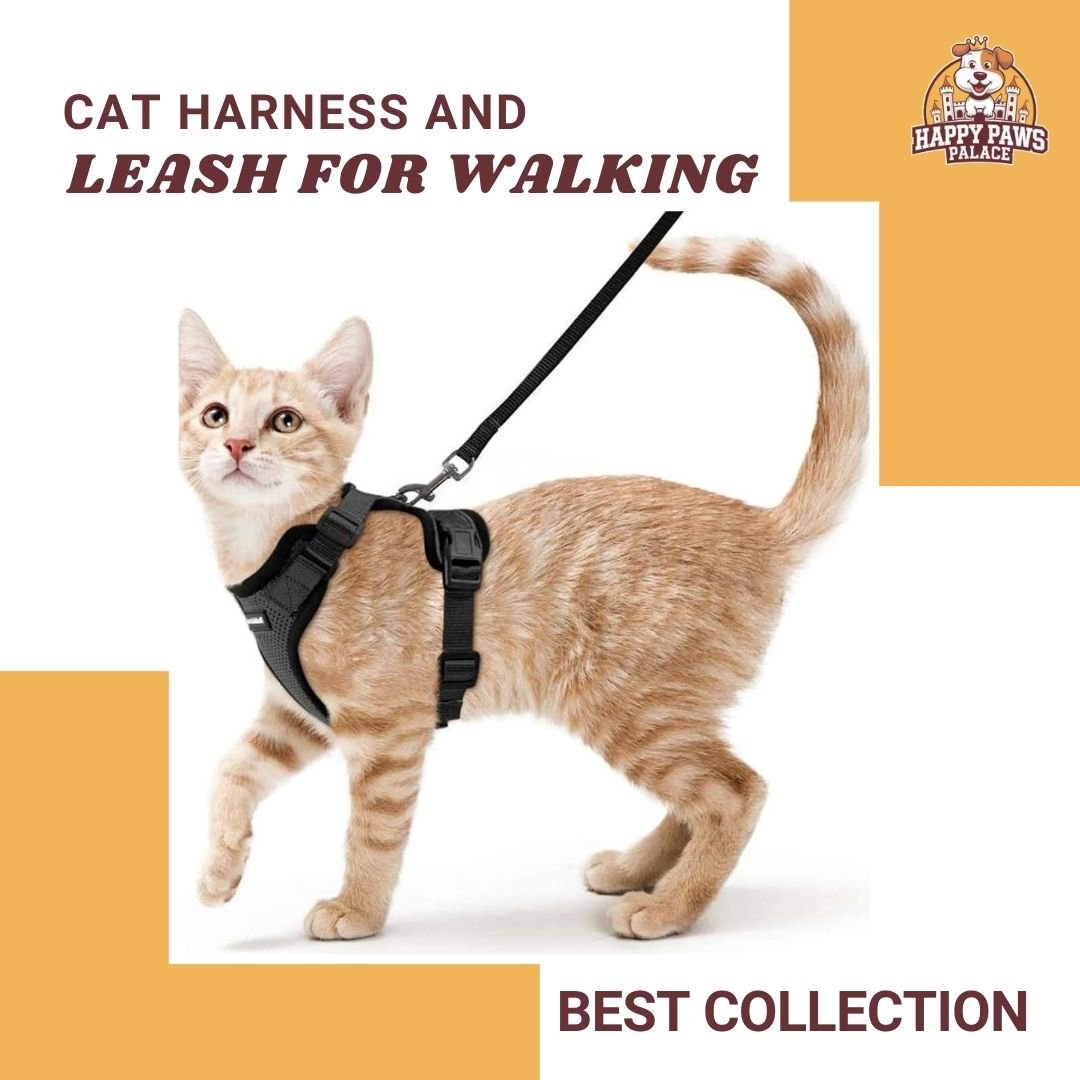
Is Catnip Safe for Cats? Potential Benefits and Risks
In general, catnip is safe for cats when used in moderation. It’s non-addictive and has no known side effects. However, too much exposure to catnip can lead to mild gastrointestinal upset, especially if ingested in large amounts.
Catnip boosts mood, exercise, and reduces stress. So, it’s a popular choice for behavioral enrichment. Pet owners should introduce catnip in controlled amounts, limiting access to a few times per week to prevent any adverse effects.
How Much Catnip Should You Give to Your Cat?
When giving catnip to your cat, a small amount is usually enough. Start with about a teaspoon of dried catnip or a small spritz of catnip spray. Some cats may prefer sniffing catnip over eating it. Others may prefer rubbing against catnip-scented toys. Observe your cat’s reaction.
If your cat has a strong response, limiting exposure to once or twice a week can help maintain its novelty. Cats can become desensitized to catnip with overuse, so spacing out sessions ensures they receive the full benefit each time.
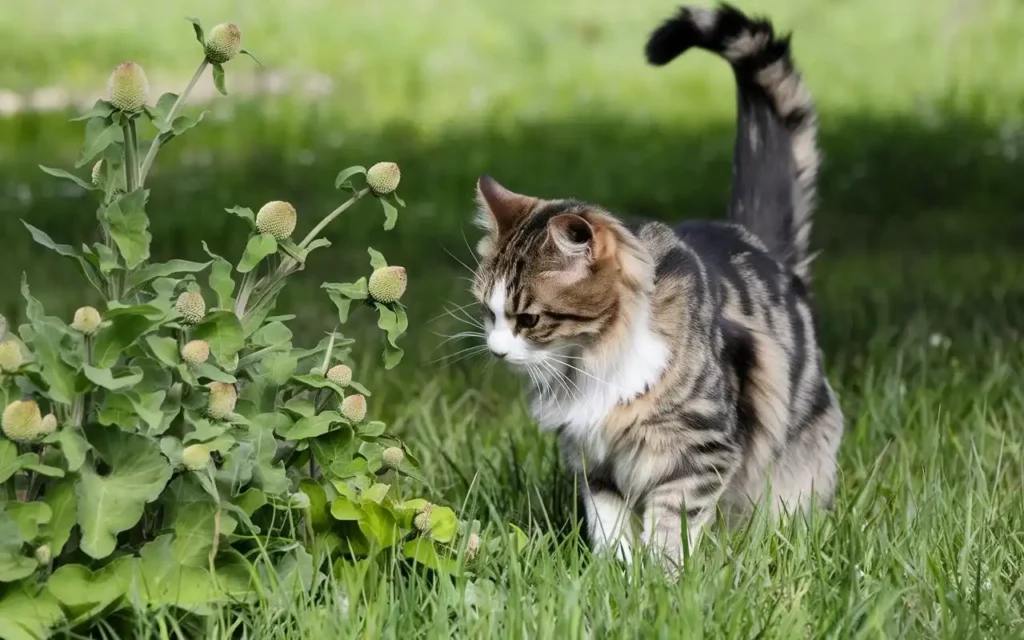
Fresh Catnip vs. Dried Catnip
Fresh catnip and dried catnip each have their benefits, depending on your and your cat’s preferences. Fresh catnip is more aromatic, with a higher concentration of nepetalactone, making it more appealing to some cats. However, it requires proper care to keep it fresh.
Dried catnip, on the other hand, is easier to store and can be sprinkled on toys, scratchers, or bedding. Dried catnip is less potent than fresh leaves. But, it still works on most cats. So, it’s a good choice for pet owners.
Catnip Spray
For those who prefer a mess-free option, catnip spray provides an easy alternative to fresh or dried catnip. Catnip spray, made by distilling nepetalactone oil, can be applied to toys, scratching posts, or bedding. It adds a nice scent without the cleanup.
Catnip spray, while effective, may not have the same potency as fresh or dried catnip for every cat. It’s best to try different types and see which your cat responds to most strongly, as individual preferences vary widely.
Catnip Toys and Their Benefits
Catnip-infused toys are one of the most popular ways to provide this herb to cats. These toys come in all shapes and sizes, from stuffed mice to scratch pads. Catnip toys boost activity. This is vital for indoor cats. They often lack exercise. Activity helps with weight and mental health.
Toys offer a convenient, mess-free way to keep your cat entertained. Pet owners can refresh these toys with a sprinkle of dried catnip or catnip spray. This keeps the toys engaging and reduces boredom.
Can Humans Use Catnip? Benefits and Precautions
Interestingly, catnip isn’t just for cats. Humans have used catnip for centuries, often as an herbal remedy for relaxation or digestion. Catnip tea, for example, is believed to have calming effects and is sometimes used to relieve mild anxiety and stomach discomfort.
Though generally safe, humans should consume catnip in moderation. Always consult a healthcare provider before using any new herb. This is especially important for those with health conditions or who are pregnant.
Using Catnip for Dogs and Other Pets
While primarily associated with cats, some pet owners have experimented with catnip for dogs. While it doesn’t produce the same reaction, it may have a calming effect on some dogs. Small mammals like rabbits and hamsters may also enjoy it in moderation, though each pet’s reaction varies.
Introduce catnip cautiously with non-feline pets. Consult a vet to ensure it’s safe for other animals.

Conclusion
Catnip transcends being just a plant; it serves as an essential resource for enriching feline lives. It can stimulate playful behavior or impart a soothing effect, making it a versatile addition to any cat’s environment. By incorporating catnip into your pet’s routine, you can foster engagement and relaxation. This delightful herb captivates many cats, leading to moments of sheer happiness. Observe your feline as they revel in the enchanting effects of catnip, creating a joyful atmosphere in your home. Embrace this extraordinary plant to enhance your cat’s well-being and strengthen your bond with them.

